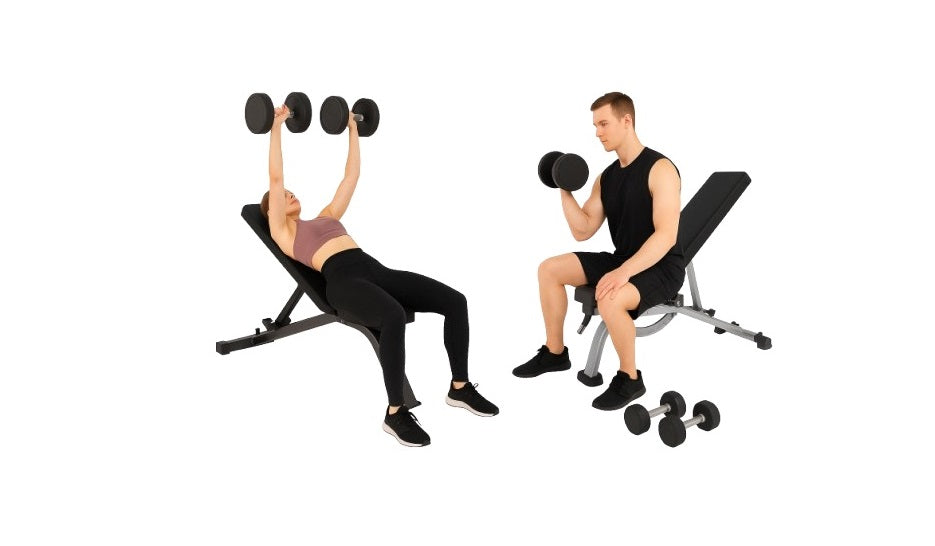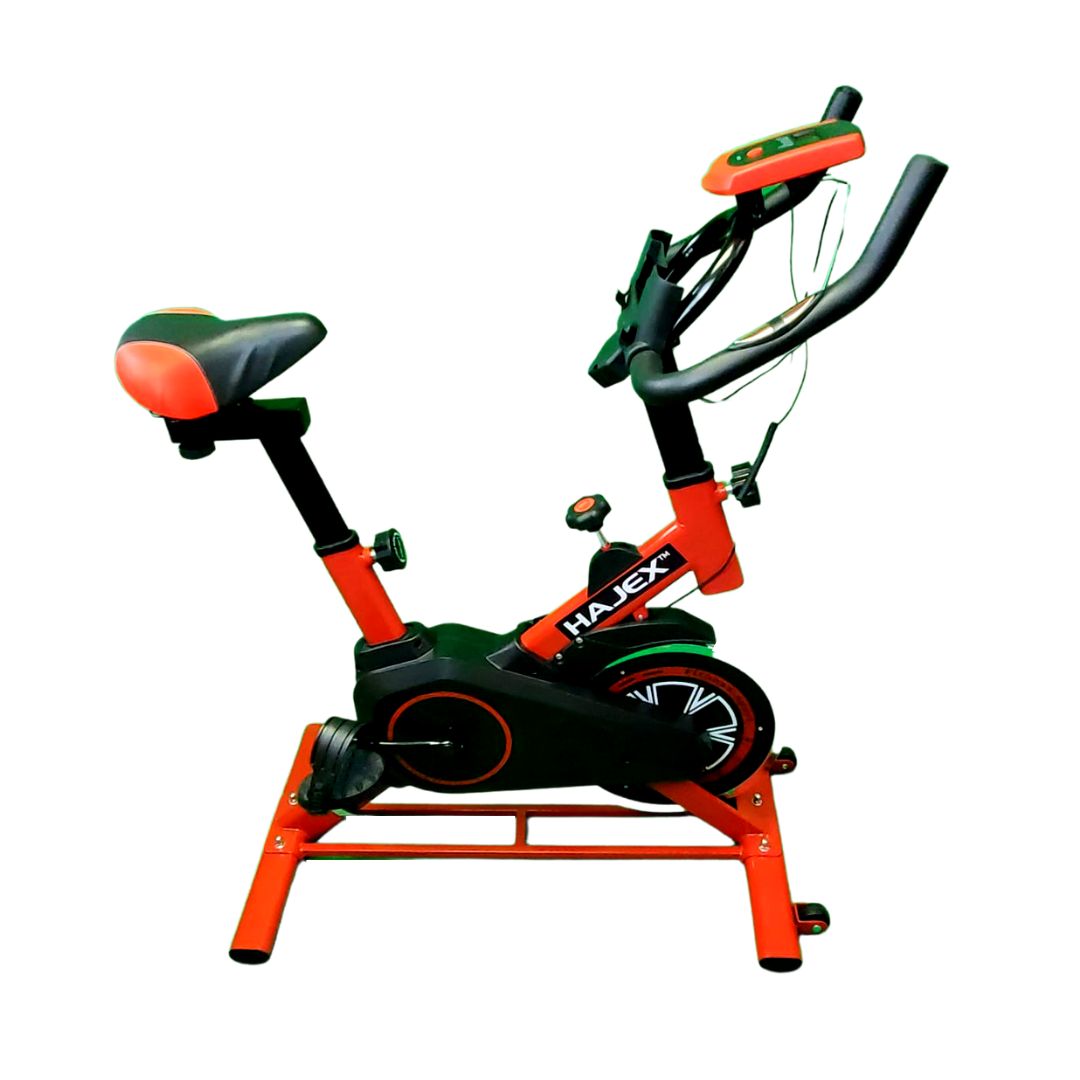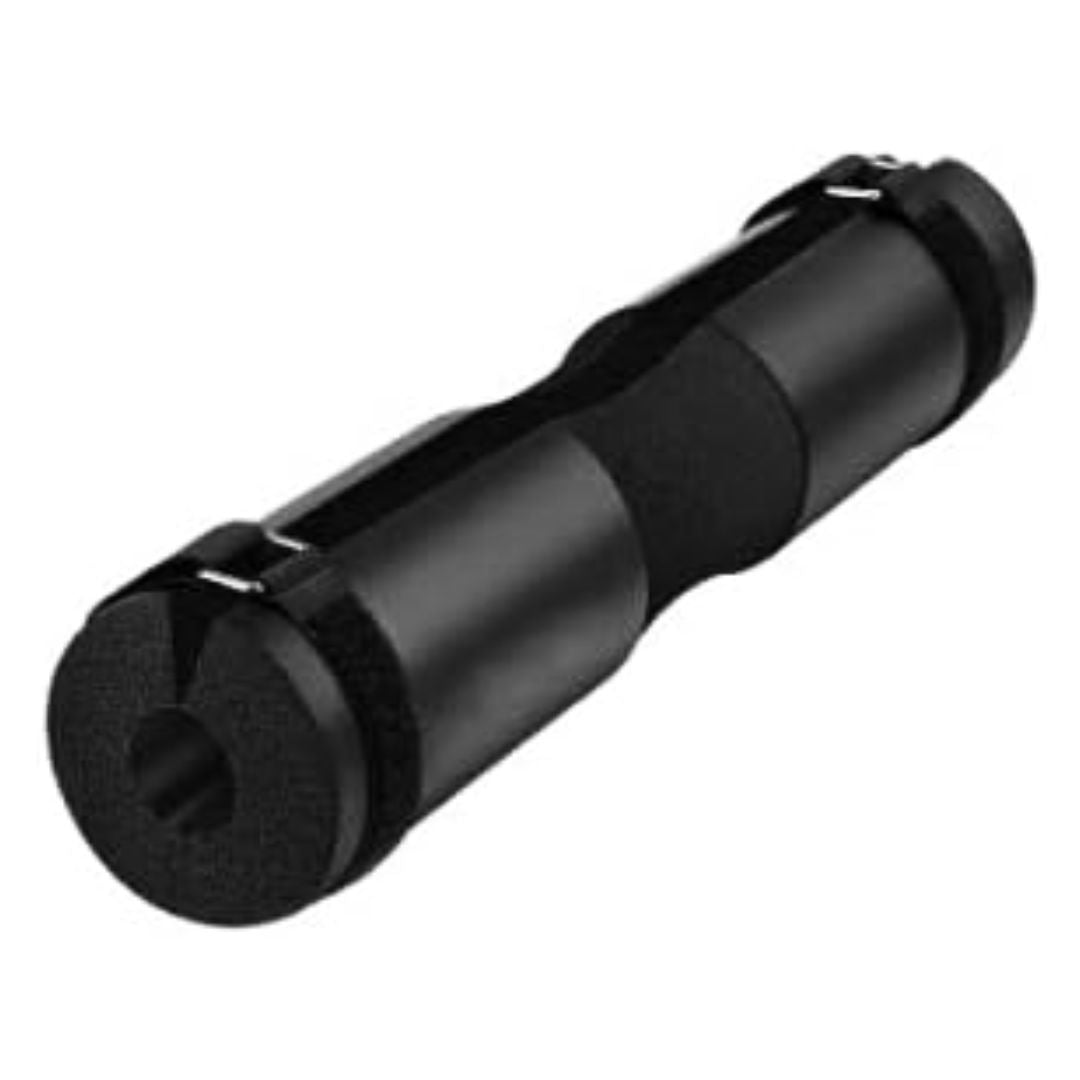Olympic Barbell Vs Standard Barbell: Which One Should You Prefer?
The barbell is one of the most significant items of workout equipment. Many new exercisers just choose for the low-cost barbell they can find. But, if you are serious about weightlifting, you must know the difference between Olympic and Standard barbells.
There are a couple of things that are unique for both bars. It is momentous to make sure that you are buying and using the right barbell. In case, you are confused, contact us so our Experts can guide you. In this blog, I will spotlight the considerable differences between an Olympic bar and a Standard bar, their features, and overall designs.
Before getting started, if you are a bit iffy on what I’m talking about, let me get a step back. So, what are barbells? They are long, straight or may be curled, metal bars that are used as resistance for muscle-training workouts. With a barbell, you can perform numerous exercises i.e. dead-lifts, presses, squats, rows and curls.
Eventually, Olympic barbells are heavier and longer than standard weightlifting barbells. Most of the commercial fitness centers and gyms have Olympic barbells because of their heavier weight and more durability than a standard barbell. On the other hand, standard barbells are lighter and shorter. They occupy less space and are simpler to handle.
Let’s Become Technical
1. Olympic Barbells
You may not instantly notice the differences between an Olympic barbell and a standard barbell. We have many barbells to fulfill your fitness requirements and goals. Olympic barbells weigh 45lbs and are 7 feet long. Usually, the thickness and diameter of bars can vary according to the style or manufacturer. For example, the HAJEX™ Olympic Barbell Bars has a diameter of 25mm where the same item, has a diameter of 50mm. The difference in diameter impacted the maximum weight capabilities of bars. The total amount of weight an Olympic barbell can maintain fluctuates, but most of the bars at Hajex Fitness have between 300-1500LBS load capacity.
Another great feature of Olympic bars is their bearings. You need a reliable sleeve rotation from your bearings with a finite number of bar whip for most workouts. Sadly, your standard weight-lifting bars do not provide this characteristic. The ability of Barbells to whip can be so helpful to an athlete.
Most Olympic barbells have knurling in the center which can differentiate them from other bars. Often this can be agonizing for the CrossFit athlete. When lifting the bar, it can absolutely nettle your neck area. IWF (International Weightlifting Federation) certified Olympic bars have the center knurl, but many companies are starting to get the center knurling off on various non-contest Olympic bars.
2. Standard Weightlifting Barbells
Standard power-lifting barbells are 5-6 feet long and weigh between 15 to 25 lbs. The load capacity of a standard barbell is 100 to 200 lbs. Again, the diameter can vary which defines the weight capacity it can manage. Weight lifting barbells do not have any bushes or bearings. These bars, together with various Olympic barbells have the center knurling mainly for the back squat. The rationale for having the center knurling is so that it keeps the bar from sliding off the back while weighty lifts.
3. Women and Youth Barbells
There are few manufacturers that have also developed special barbells for women and juniors. Because when it comes to fitness, we are all slightly different. These bars are according to the needs of those who are looking for something lighter or smaller.
The Main Differences
So what major differences can you presume when comparing both the standard and Olympic bars? One of the key differences is the sleeves. The sleeves are the ends of the bar that contain the weight plates. Olympic barbells possess 2-inch, rotating sleeves; standard barbells have 1-inch, non-rotating sleeves. Another reason why most people choose an Olympic bar to its regular counterpart is the rotation. The rotation on the sleeves minimizes the amount of torque developed by the weight plates, which offers a safer grip and decreases stress on your elbows and wrists.
In addition, as the diameter is different, thus, you can not use standard weight plates on an Olympic barbell. If you want to use Olympic plates on a standard barbell, you need to use an Olympic sleeve adapter. Because they are hefty, Olympic barbells are hardly probable to overturn if you load the weight unequally by chance. Because of its increased weight, it may not be appropriate for all users.
Many people select a bar that is fitted towards their exercise ability. Much like the Hajex™ bars that are configured both for men, women, and youth. Olympic Barbells feature bearings or bushings to enable rotation and whip. Both the Olympic and standard bars may have center knurling, thus, a lot of manufactures are starting to accommodate users who do not want this feature.
Should You Buy an Olympic Barbell or Standard?
When you are going to build a home gym, a standard barbell is perfect for you. It is less expensive and will get the job done.
However, when you start advancing to heavier weights, you will start getting into problems with the standard bar.
- The standard bar will begin to bend.
- You might have no space left for plates on the standard bar.
- It may not fit your squat rack.
When these problems start happening, then it is the right time to upgrade to an Olympic bar.
 WEIGHT PLATES
WEIGHT PLATES
 Cast Iron Olympic Plates
Cast Iron Olympic Plates
 Olympic Rubber Weight Plates
Olympic Rubber Weight Plates
 PVC Weight Plates
PVC Weight Plates
 DUMBBELLS
DUMBBELLS
 Rubber Hex Dumbbells
Rubber Hex Dumbbells
 Cast Iron Adjustable Dumbbells
Cast Iron Adjustable Dumbbells
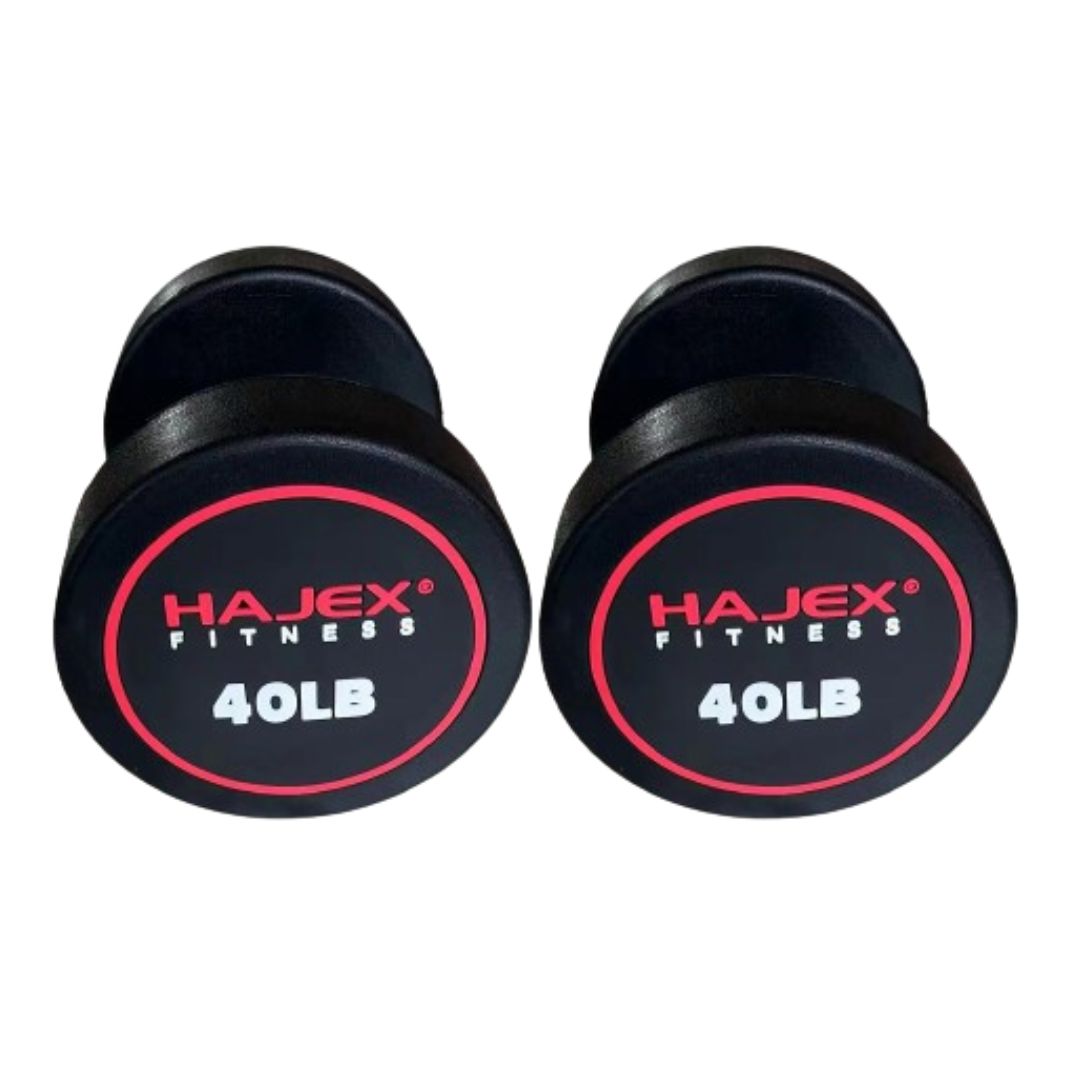 Round Head Dumbbells
Round Head Dumbbells
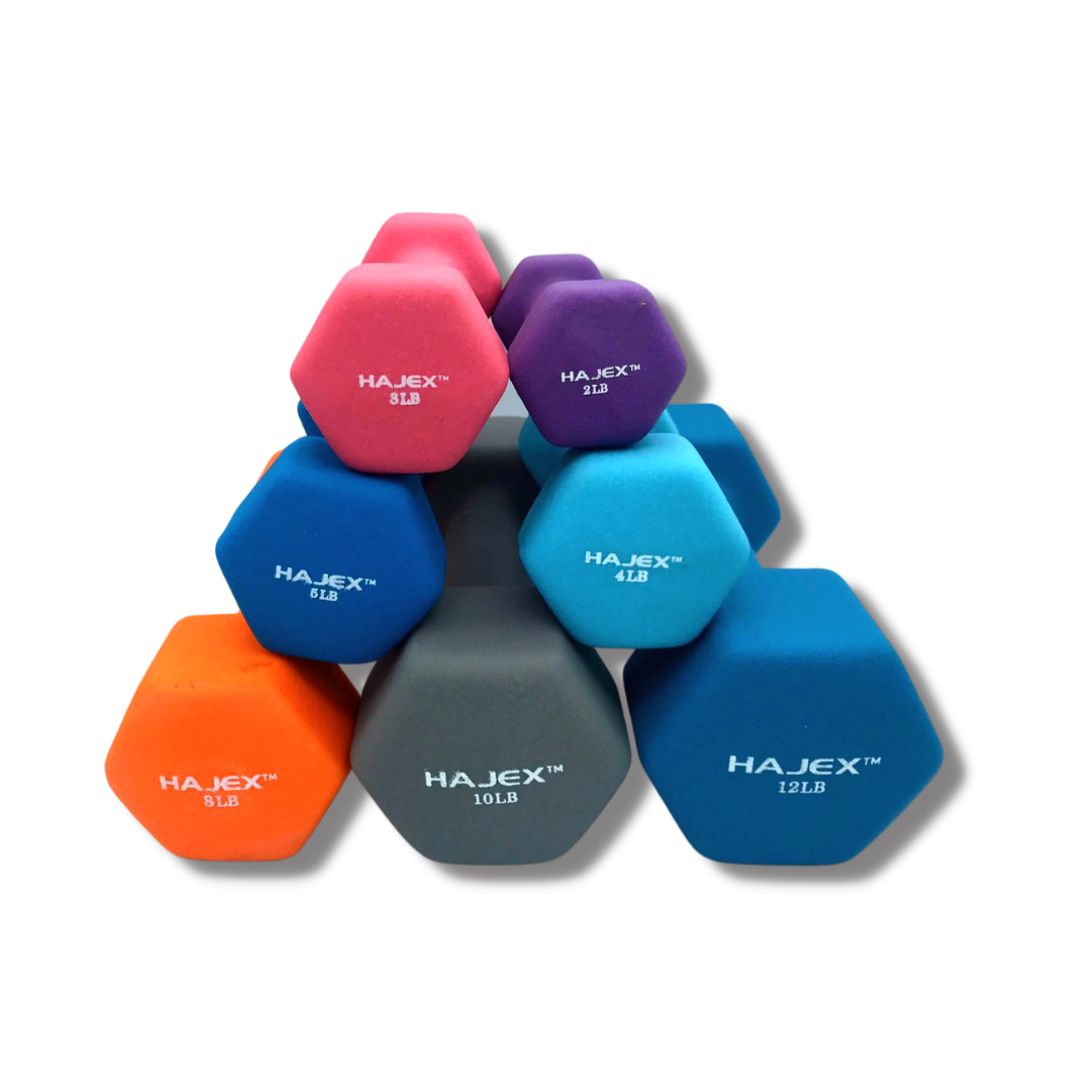 Neoprene Dumbbells
Neoprene Dumbbells
 BENCHES
BENCHES
 CARDIO
CARDIO
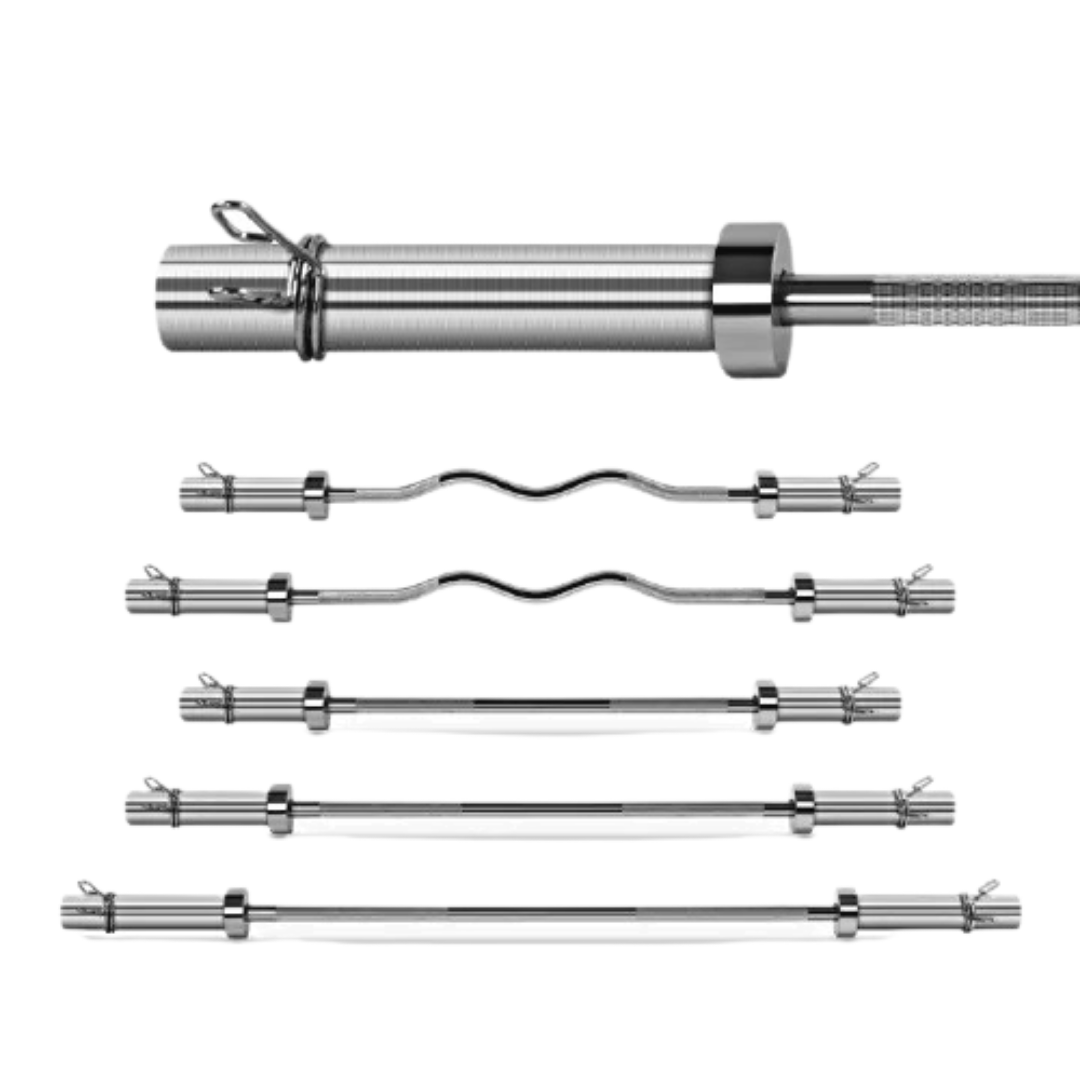 BARBELL BARS
BARBELL BARS
 Home Gym Deals
Home Gym Deals
 Olympic Bumper Plates
Olympic Bumper Plates
 Tri Grip Plates
Tri Grip Plates
 Weight Plates Combo
Weight Plates Combo
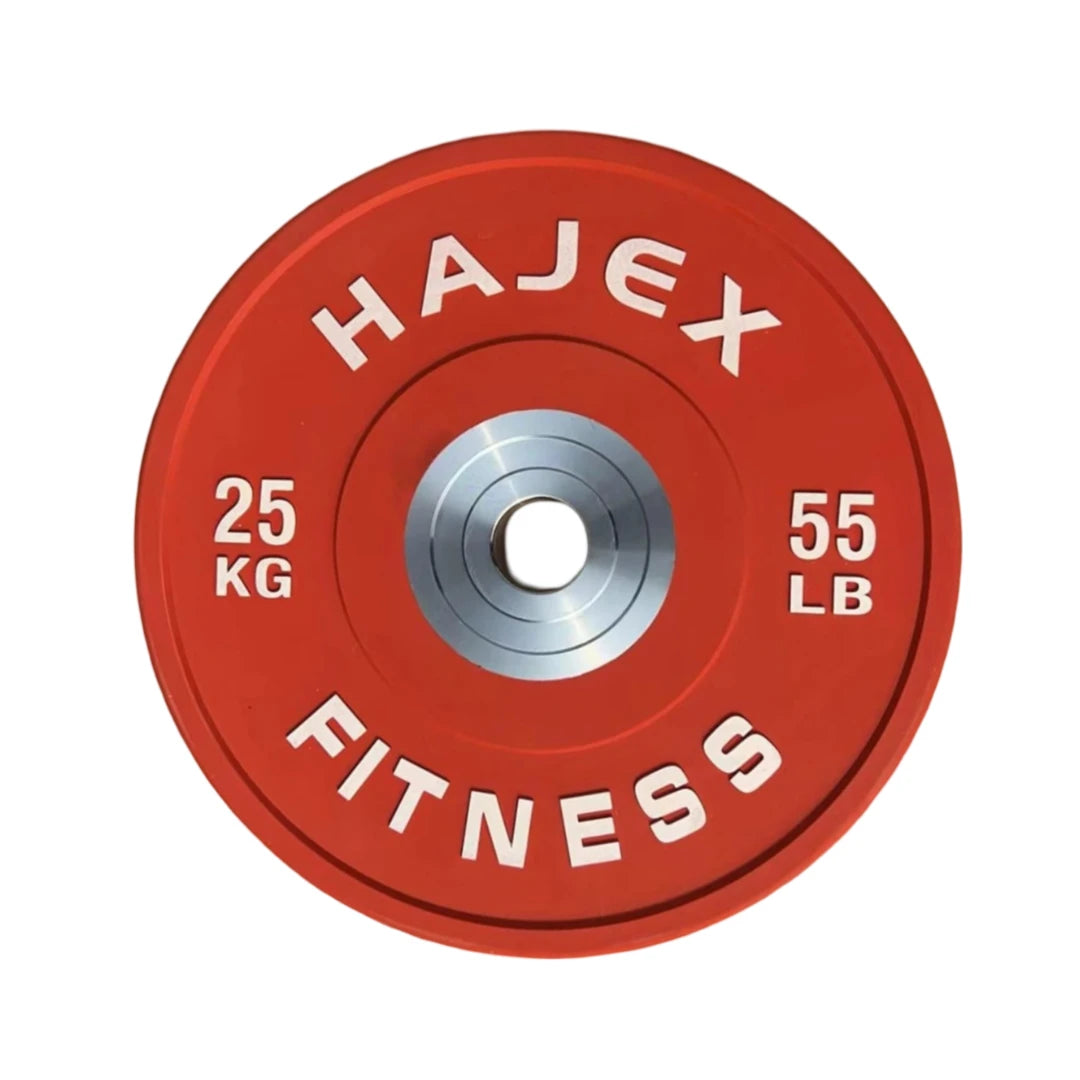 Olympic Steel Hub Bumper Plates
Olympic Steel Hub Bumper Plates
 PVC Dumbbells
PVC Dumbbells
 NUO Style Adjustable Dumbbells
NUO Style Adjustable Dumbbells
 Olympic Barbells 2"
Olympic Barbells 2"
 Standard Barbells 1"
Standard Barbells 1"
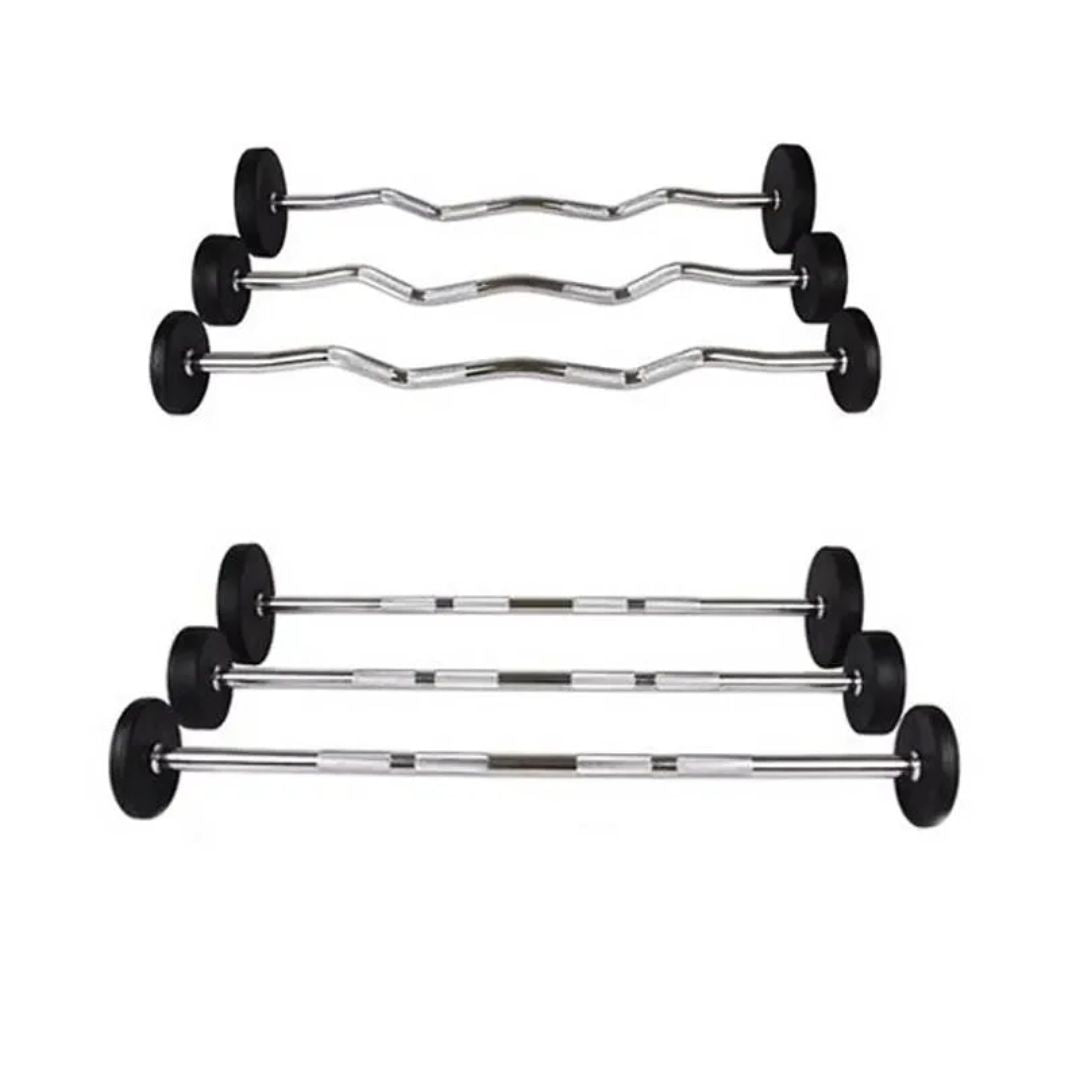 Fixed Weight Bars
Fixed Weight Bars
 Benches with Pulley & Rack
Benches with Pulley & Rack
 CARDIO
CARDIO
 Foldable Walking Pads
Foldable Walking Pads
 Exercise Bikes
Exercise Bikes
 RACKS, CAGES & SMITHS
RACKS, CAGES & SMITHS
 Smith Machines
Smith Machines
 Power Racks
Power Racks
 Squat Racks
Squat Racks
 STORAGE RACKS
STORAGE RACKS
 Dumbbell & Kettlebell Racks
Dumbbell & Kettlebell Racks
 Mini Dumbbell Racks
Mini Dumbbell Racks
 Adjusatble Dumbbell Stands
Adjusatble Dumbbell Stands
 MORE
MORE
 Kettlebells
Kettlebells
 Adjustable Kettlebells - Single & Pair
Adjustable Kettlebells - Single & Pair
 Floor Mats
Floor Mats
 Yoga
Yoga
 Push Up
Push Up
 Resistance Bands
Resistance Bands
 Barbell Pads
Barbell Pads
 Dumbbell Handles
Dumbbell Handles
 Jump Ropes
Jump Ropes




